Iran riots: 'We dragged, stabbed him to death, swayed by media propaganda'
By Hiba Morad
A video of the judicial trial of three men involved in the brutal killing of a young Iranian Basiji has been circulating on social media, with confessions from the accused on how they murdered Seyed Ruhollah Ajamian, swayed by foreign media propaganda.
Karami, Husseini, and Farzam Nia who were involved in the cold-blooded murder of the young Basiji told the judges hearing the case that the violence perpetrated by them and others across the country was due to “incitement from foreign media".
Ajamian was stabbed to death by a group of rioters armed with cold weapons in early November in Karaj city, the capital of central Alborz province.
Soon after, viral photos and videos of the gory incident showed the young man lying on a street with a blood-stained body and his Basiji uniform torn off, sending shockwaves across the country.
A 23-second video showed one of the rioters ruthlessly dragging him even as others hit him with hard objects and kicked him with their boots.
Knives and brass knuckles
During the trial, Mohammad Mahdi Karami, one of the accused, said they were "deceived" (by foreign media propaganda) and aggressively overactive.”
In the video, describing how he and his accomplices killed Ajamian, he told the judge: “I heard someone say there is a Basiji man out there. I turned around and saw he had fallen to the ground and three people were surrounding him and beating him.”
The young man tried to run away, Karami said, going on to explain in detail how the group of rioters snatched the life out of him.
“Everyone was hitting him with stones, knives, even bare hands. I can say there were at least 30 to 40 people hitting and stabbing him. I saw knives of different sizes and shapes. Some had brass knuckles (fist-load weapons). Some had stones in their hands and others had nothing. Their attitudes were weird,” he said.
“I hit him with a stone on his head, and then punched his head three times. He fell to the ground. As soon as he fell to the ground, a guy was kicking him violently on his side and trunk," Karami hastened to add, giving vivid details of the incident.
"I also kicked him on his leg and two times on his knee. Then I saw someone approach and stab him three to four times in his stomach, I cannot recall precisely how many times."
Karami also confessed that he dragged Ajamian on the asphalt, saying he did not know whether he was still alive or had died at that point. Medical reports confirmed that he was alive at the time when he was still being attacked and dragged and eventually succumbed on his way to the hospital.
The size of a thumb!
Mohammad Husseini, who Karami and others identified as the one who “stabbed Ajamian two or three times”, told the judge about his attack on the victim.
“At first, I grabbed a few stones and shoved them at the young man, unintentionally, but fortunately I missed him," he said, without remorse.
In an attempt to defend himself and make the story sound “less violent”, he said he then took out a knife which he usually uses to plant flowers at the graves of his mother and father.
“I took the knife and pushed it downwards on his stomach and it penetrated it the size of a thumb, but I did not stab him!”
A third defendant, Farzam Nia also confessed to stabbing Ajamian in the right shoulder and then running away.
The video of the trial in the Persian language showed at least a dozen young men present in the courtroom, who confessed to their role in the killing of Ajamian, with some asking for forgiveness, saying they were "carried away" due to foreign media incitement.
Hatred towards Basij
Western and Saudi-backed media outlets have been leading a hybrid war against young Iranians in order to provoke them and the government and young Basijis, who are in fact mobilization popular forces that help preserve stability and security in the country.
As Leader of the Islamic Revolution Ayatollah Seyed Ali Khamenei explained in his most recent speech, “being a member of the Basij means accepting that you will be oppressed in order to save the oppressed.”
In Ayatollah Khamenei’s words, the Basij culture is a culture of self-effacing, hardworking volunteers. It is a culture of humble, undaunted fighters, a sense of braveness, a sense of serving mankind, and a sense of serving the country. It means making sacrifices for others.
Today, the Basij count has grown to over 20 million members, who shoulder a range of responsibilities that transcend the military circle and include scientific, social, and medical services.
On November 5, the comrades and colleagues of Arman Alaverdi, a 21-year-old Iranian Basiji youth who was severely beaten by armed rioters in Tehran and later died at a hospital, said the Daesh-like thugs who killed the young man were trained by foreign countries.
One of Aliverdi's friends said whenever the thugs would see a young man belonging to the Basij, they would surround and assault him.
Misled or mercenaries?
The misinformation campaign against Iran has not stopped since the beginning of the riots in September. Riots broke out on September 16 after a young Iranian woman Mahsa Amini died.
The 22-year-old fainted at a police station in the capital, Tehran, and was later pronounced dead at a hospital. An official report by Iran’s Legal Medicine Organization said that Amini’s controversial death was caused by an illness rather than alleged blows to the head or other vital body organs.
Ever since, the rioters have been going on a rampage across the country, attacking security officers, resorting to vandalism against public property, and desecrating religious sanctities.
Western and anti-Iran media has been depicting the situation as a “violent clampdown, wide arrests, death penalties and violation of human rights” against so-called peaceful protesters.
However, evidence proves not only has anti-Iran media been parroting the false narrative, but Western powers have been directly involved in the unrest.
Several Europeans, including French nationals, have been arrested during the past few months, who confessed to plotting unrest in Iran. Also, a good number of Iranians were arrested too for collaboration with the Israeli apartheid regime.
Iran has reiterated, through investigations and evidence, the role of foreign meddling in order to sabotage Iran and its stability.
“One can see a trace of the US in most of the events that take place against Iran,” Ayatollah Khamenei recently said in one of his speeches.
He also pointed out that the rioters were either unaware, misled due to media campaigns of lies and extensive false propaganda, or mercenaries.”
Commenting on the fact that there were some people or teenagers taking part in the riots, he said “These are our children; we don’t have issues with them. Their action was out of excitement, emotion & some negligence in understanding issues. The key part is the main directors of the plots.”
Iran’s Intelligence Ministry said in November the United States and the United Kingdom were “directly” involved in the recent riots, adding that dozens of terrorists affiliated with the Zionist regime and anti-revolution groups have also been detained in the unrest.
But the will of the people has been demonstrated clearly. During the past three months, millions of Iranians have taken to the streets across the country since the beginning of the riots to condemn the desecration of Islamic sanctities and acts of vandalism by rioters.
US weighs sanctions against Spanish ships over blocked arms shipment to Israel
Medicine shortages in Gaza reach alarming levels amid Israeli siege: Health ministry
Nigeria says 130 schoolchildren abducted by terrorists freed
Israel to ‘permanently’ arm 10,000 reserve forces after al-Aqsa Flood lessons: Report
VIDEO | Press TV's news headlines
VIDEO | No war for oil: Londoners protest US bullying Venezuela
VIDEO | French MP demands inquiry into arms sales to Israel
Iran-EAEU coop. paves way for 'powerful region': President Pezeshkian


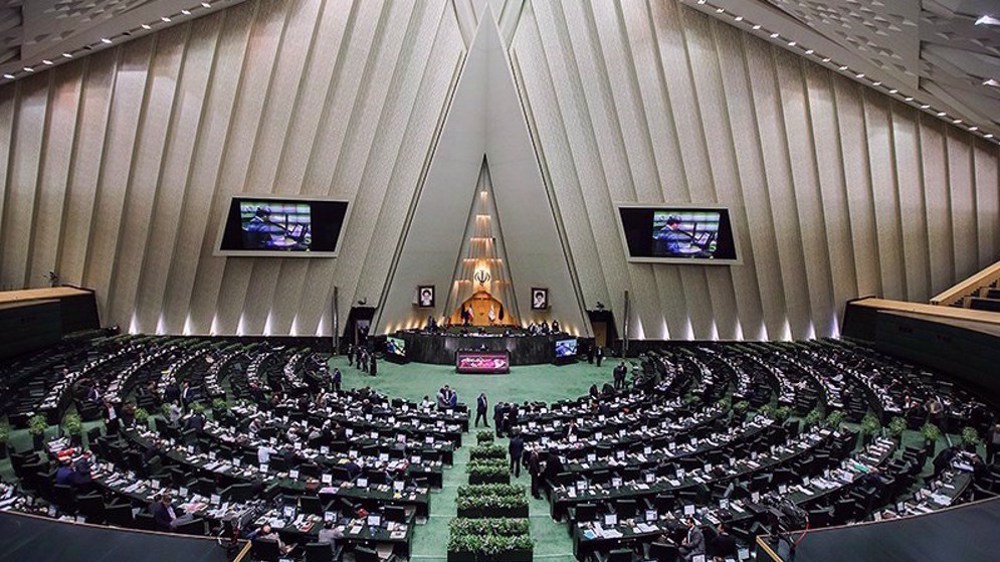

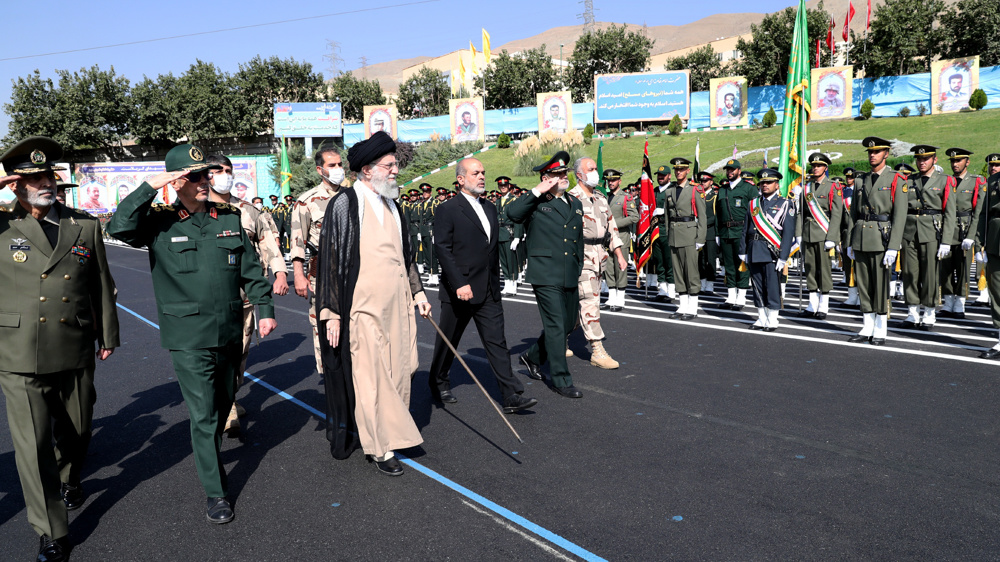






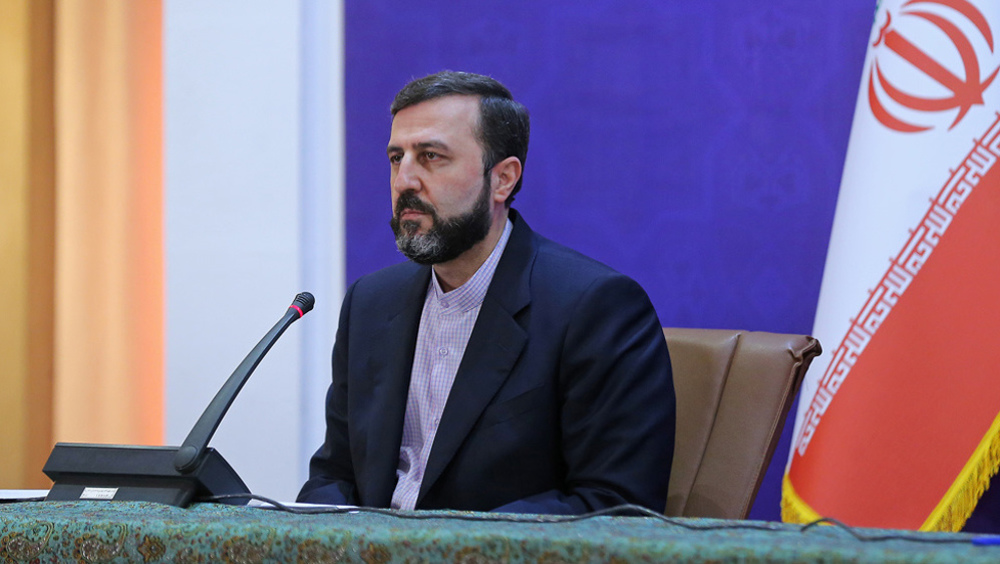
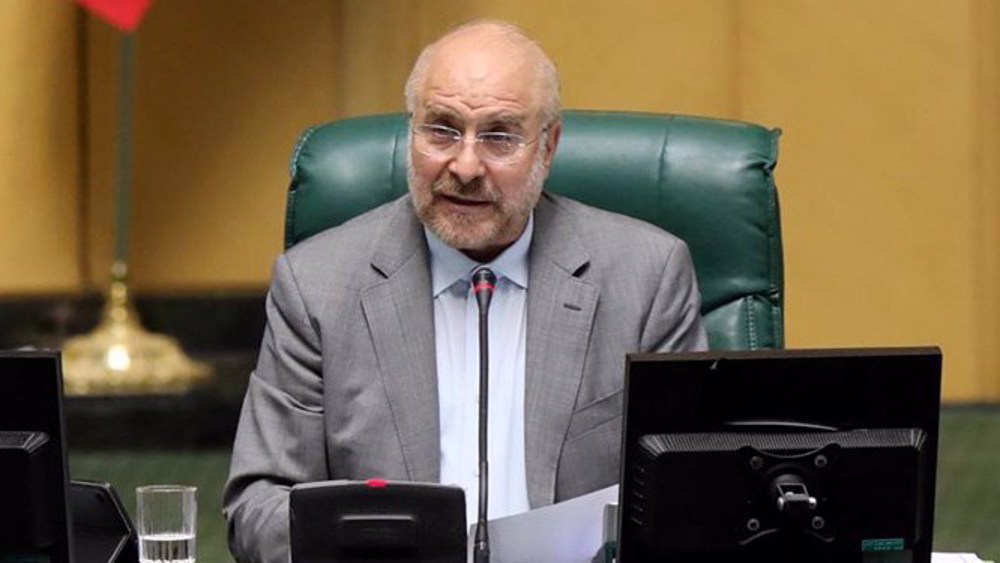
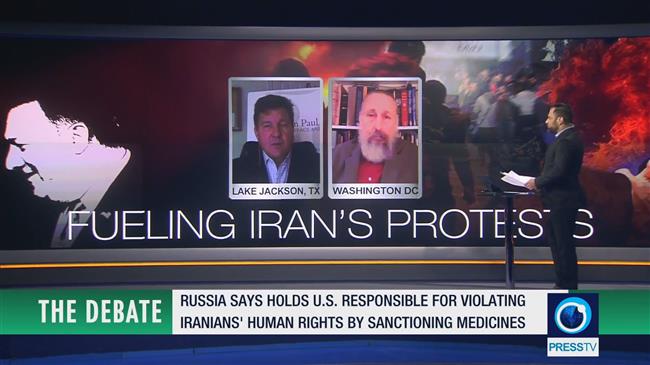

 This makes it easy to access the Press TV website
This makes it easy to access the Press TV website